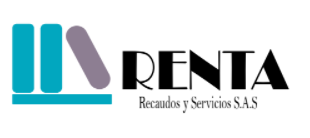Digital communications are the methods we communicate with technology, such as video conferencing, social media email, and much more. These methods are used to send information quickly and easily.
This type of communication is more effective and efficient than writing letters or having face-to-face conversations. It’s also more convenient, as we can access messages anytime and from anywhere, even on the go, using our mobile phones or computer. In the workplace, digital communication saves time, since employees can collaborate with their peers faster and more efficiently. It allows for the sharing and exchange of documents as well as other data, making it easier for all parties to complete the task.
Furthermore, it’s cost-effective. Instant messages and emails are usually free. Calls via Skype or VoIP, however, are cheaper than long distance phone calls. Documents can be saved and shared on the cloud. This means that they don’t need to be printed and distributed. This can save money for businesses, and on a global scale, it decreases the need to cut down trees to make paper.
Digital communication will likely evolve in ways that we cannot even imagine due to the advent of new digital business transformation technology like artificial intelligence (AI), virtual reality, augmented reality, and the Internet of Things. Therefore, it’s crucial for businesses to invest in training their employees and stay abreast of the most recent developments. It is essential that governments accept digital communications as people have a right to expect it, and often complain when they don’t have it.
